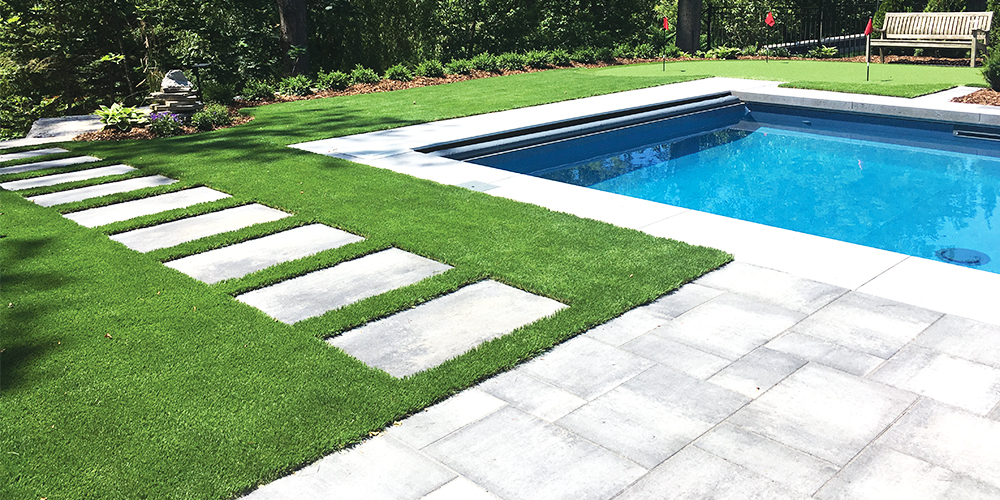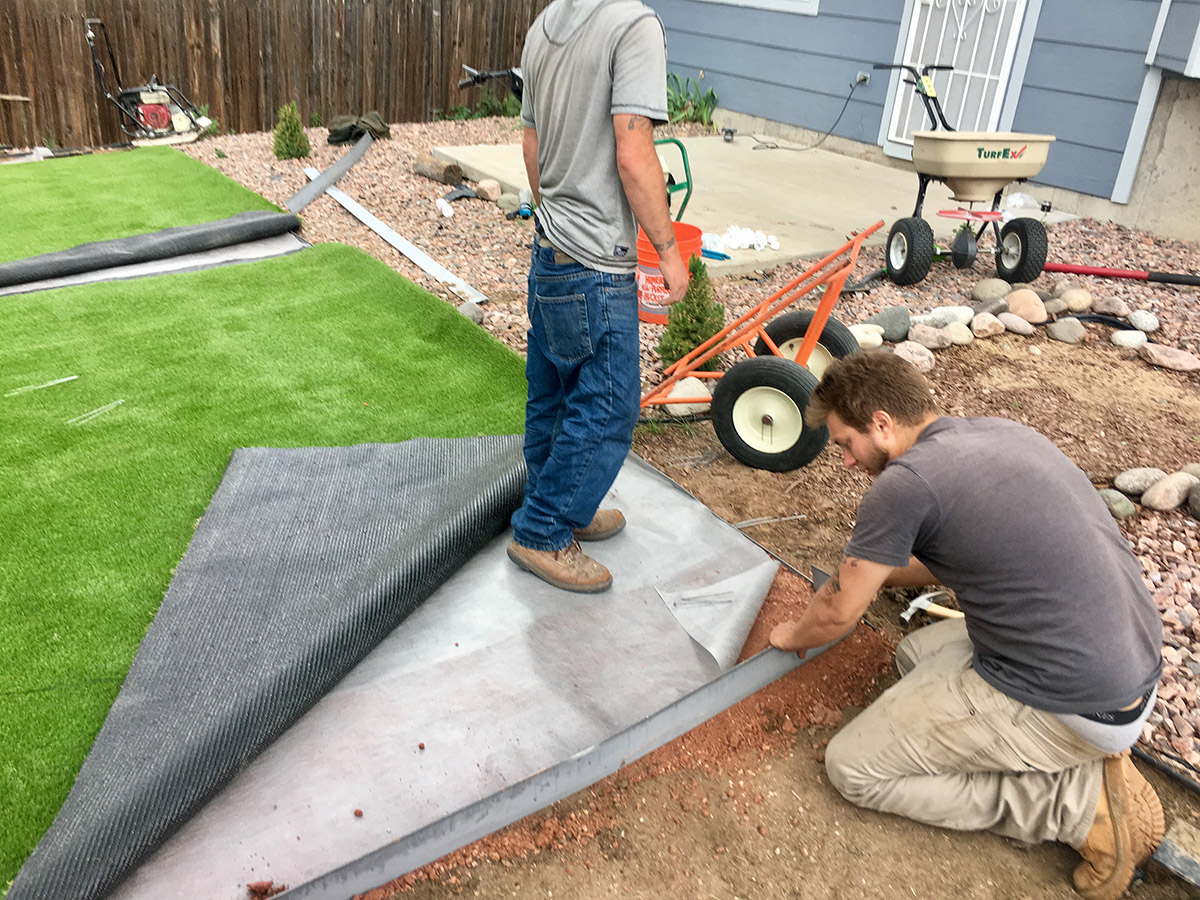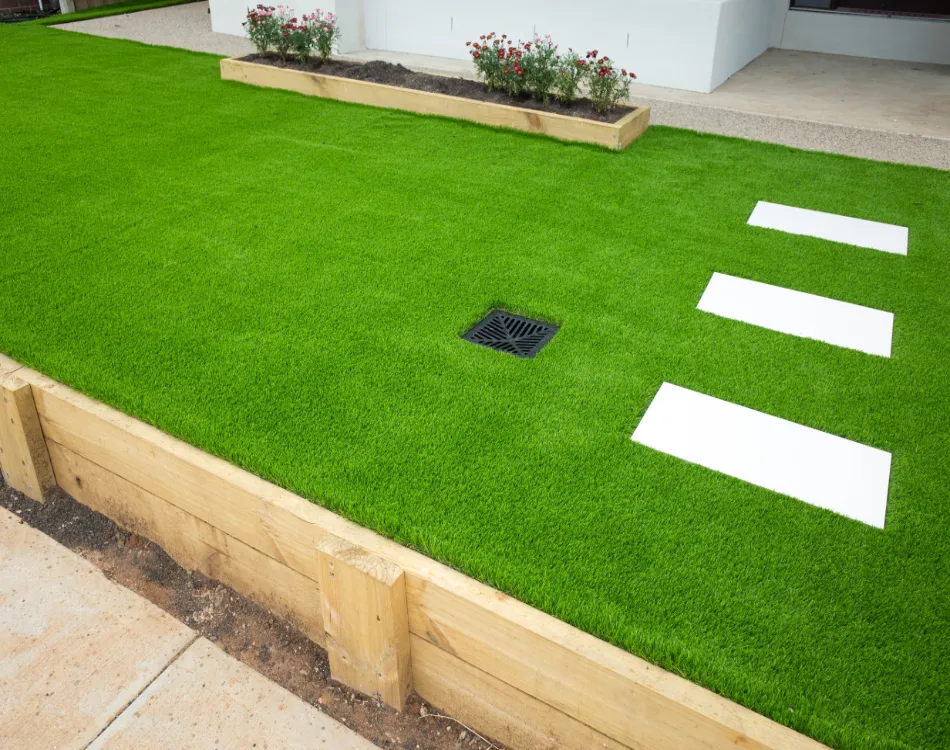Skilled Arizona Turf Installation Solutions for Residential and Commercial Use
Skilled Arizona Turf Installation Solutions for Residential and Commercial Use
Blog Article
Explore the Environmental Benefits of Opting for Synthetic Grass Solutions
The adoption of artificial turf services provides an engaging possibility to attend to pressing ecological obstacles. By significantly reducing water usage and reducing the application of harmful chemicals, these choices not only promote lasting landscaping but additionally shield neighborhood ecosystems.
Water Preservation Advantages
One of the most substantial advantages of artificial lawn is its ability to conserve water. In comparison, synthetic lawn does not require watering, substantially lowering the general demand for water resources.
By getting rid of the requirement for regular watering, synthetic grass contributes to lasting landscape methods and aids alleviate the ecological effect of extreme water intake. Moreover, the preservation of water reaches the decrease of drainage, which can lead to dirt erosion and river pollution.
Furthermore, the installment of fabricated grass permits property owners and districts to allot water resources a lot more effectively, concentrating on essential uses such as alcohol consumption water and farming. The change in the direction of man-made turf not only advertises accountable water usage however likewise straightens with wider ecological objectives focused on protecting natural deposits.
As neighborhoods progressively prioritize sustainability, the water preservation advantages of synthetic grass provide an engaging instance for its fostering in commercial and property landscape design projects.
Minimized Chemical Usage
The shift to fabricated turf significantly lowers the reliance on chemical treatments typically utilized in natural grass maintenance. Standard grass management usually includes the application of pesticides, fertilizers, and herbicides to promote growth and control pests. These chemicals can pose dangers to human health and wellness, regional wildlife, and the environment, adding to dirt and water contamination.
In comparison, artificial turf eliminates the demand for these hazardous compounds. By minimizing the launch of artificial compounds right into the ecosystem, fabricated turf advertises healthier dirt and water systems.
In addition, the lack of chemical drainage associated with fabricated grass installments helps safeguard neighborhood rivers from contamination, sustaining water life and maintaining biodiversity. Artificial turf companies phoenix. As communities progressively focus on lasting practices, going with artificial lawn offers a viable solution that straightens with ecological preservation goals. With this shift, building proprietors can enjoy lush green spaces without endangering ecological health, leading the means for a more sustainable future
Lower Carbon Impact

In addition, the installation of man-made turf can lead to considerable water conservation. All-natural lawns require substantial amounts of water for watering, which not only contributes to the carbon footprint connected with water extraction and therapy however also strains local water sources. In contrast, synthetic grass needs marginal upkeep, needing no watering, therefore considerably decreasing water usage and its linked energy prices.
Furthermore, the long life of synthetic grass contributes to its reduced carbon influence. With a life expectancy of approximately 15 years or more, the requirement for constant replacements is diminished, leading to much less waste and reduced power usage in production and getting rid of conventional grass choices. On the whole, artificial lawn offers a lasting option for environmentally conscious landscape design.
Environment Preservation
Habitat conservation is a crucial consideration in the argument over landscape design selections, particularly when comparing fabricated grass to natural turf. Natural yard lawns typically need comprehensive upkeep, consisting of the usage of herbicides, plant foods, and pesticides, which can adversely impact local ecosystems. These chemicals can leach right into the dirt and rivers, hurting native flora and fauna and interrupting local habitats.
In comparison, artificial grass offers an opportunity to minimize the environmental footprint of landscaping. By selecting artificial turf, homeowners can minimize the interruption of all-natural habitats connected with standard lawn treatment practices. Artificial lawn eliminates the demand for dangerous chemicals, thereby protecting nearby wild animals and maintaining the integrity of bordering ecosystems. Furthermore, the installment of man-made grass can cause the conversion look what i found of former turf areas right into more biodiverse landscapes, such as pollinator yards or native plant areas, which can sustain neighborhood wildlife.
Inevitably, the shift to synthetic lawn not just conserves water and decreases upkeep initiatives however also cultivates a much more harmonious connection in between human tasks and the natural surroundings, promoting habitat preservation while doing so.
Long-Term Sustainability
Long-term sustainability is an important consider examining the benefits of synthetic grass over conventional grass yards. One of one of the most considerable advantages of synthetic grass is its toughness; it can last as much as 15-20 years with minimal upkeep, whereas all-natural grass needs constant reseeding and substitute. This durability decreases the demand for continuous resources, such as water, plant foods, and chemicals, which are vital for maintaining a healthy turf yard.
Additionally, synthetic grass contributes to a reduction in carbon discharges connected with yard care tools. Standard lawns typically call for gas-powered mowers, trimmers, and blowers, every one of which contribute to air contamination. Artificial turf companies phoenix. On the other hand, synthetic grass removes the need for such equipment, advertising a cleaner atmosphere
In addition, the manufacturing of synthetic grass increasingly makes use of recycled products, improving its sustainability account. As suppliers take on environmentally friendly techniques, the environmental impact of fabricated turf continues to lessen.

Verdict
The fostering of artificial lawn solutions presents significant environmental benefits, including substantial water preservation, decreased reliance on hazardous chemicals, and a lower carbon footprint. Moreover, fabricated grass aids in preserving all-natural habitats by reducing explanation land disturbance and advertising long-term sustainability through making use of sturdy materials. Collectively, these factors emphasize the possibility of synthetic grass to add favorably to environmental wellness and use a practical option to standard landscape design practices in a progressively resource-conscious globe.
In contrast, fabricated turf does not need watering, dramatically reducing the overall need for water resources. By decreasing the release of artificial compounds into the community, man-made grass promotes healthier dirt and water systems.
Additionally, the installation of man-made turf can result in substantial water conservation. In comparison, man-made grass needs minimal upkeep, needing no watering, consequently considerably reducing water usage and its associated energy prices.

Report this page